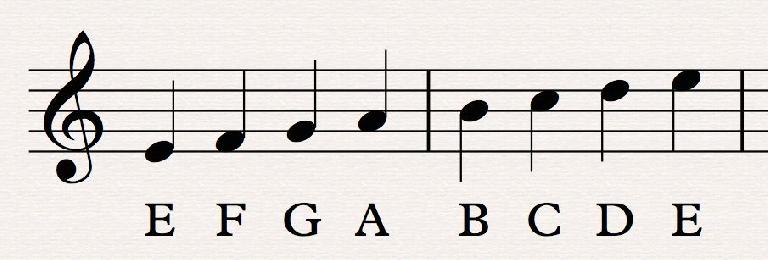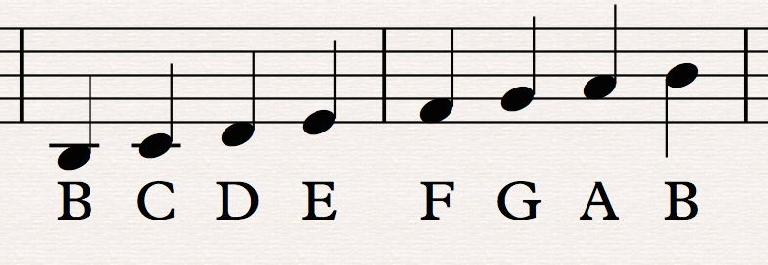Part 1: https://ask.audio/articles/music-theory-tips-learning-modes-for-improvisation-and-production
Part 2: https://ask.audio/articles/music-theory-tips-using-the-major-modes-in-contemporary-styles
Part 3: https://ask.audio/articles/music-theory-tips-using-the-first-two-minor-modes
Hopefully by now you’ve become quite adept at navigating most of the basic major and minor modes. The last two modes that I’m going to outline for you are both minor in nature, and they are quite a bit ‘risky’ to use. That doesn’t mean you shouldn’t learn them, though! With great risk, we can often achieve great rewards. Let’s have a look at Phrygian and Locrian.
Phrygian
The Phrygian scale is a minor mode because of the flatted third. In fact, the entire scale is only separated from natural minor by a single note. The second degree of the scale is lowered, giving you a flat 2. This helps to evoke a Latin or ethnic feel to the mode, as that flat two REALLY wants to resolve to the tonic note.
To find Phrygian anywhere, simply think about what the relative parent major scale is. In the case of the example, E Phrygian shares a common key signature with C major. So any time you want to figure out how to build a Phrygian scale, simply ‘borrow’ the key signature from the note two whole steps down.
So how can you use this scale? With a degree of caution. The flatted second and sixth notes are not ones you will want to ‘rest’ on, and you’ll find it quite easy to sound more ‘out’ than you planned on with this one. Stick with the minor chord tones at first, then try to add in the 2nd and 6th as ‘color’ tones when passing from one note to the next. With a little practice, the subtle addition of these tones will make your melodies sound quite a bit more interesting!
Locrian
Locrian mode is often the neglected stepchild of scales. It can be such a difficult mode to wrap your melody around that it is often avoided in Western music. Locrian mode has a flatted second, flatted third, flatted fifth, flatted sixth, AND a flatted seventh. With so many notes lowered, it creates an ‘unfinished’ quality to the scale. There are not a lot of places for things to resolve to chord tones, except for b2 to 1.
Locrian can be created by ‘borrowing’ the key signature of the scale a half step up. In the example, I’ve made Locrian mode starting on B by borrowing the key signature of C major. This mode sounds quite dark, and you’ll want to use it sparingly. It works over minor chords with flatted fifths (diminished triads) and minor seventh flat five chords (1-b3-b5-b7), and can evoke a real ‘unresolved’ feel. YYZ by Rush is a good example of a melody crafted in Locrian, although there is no harmonic structure underneath the melody to absolutely verify this. The melody uses Locrian notes and it certainly has an ‘unresolved’ feel to it!
Conclusion
I truly hope this series has opened you up to the possibility of utilizing more modal themes in your music. Whether you are a jazz player just getting started, a rock player who wants to step outside the box, or an EDM producer who wants to write melodies that truly stand out from the crowd, modes can bring an element of diversity to your songs that will elevate them to the next level.




 © 2024 Ask.Audio
A NonLinear Educating Company
© 2024 Ask.Audio
A NonLinear Educating Company
Discussion
Want to join the discussion?
Create an account or login to get started!